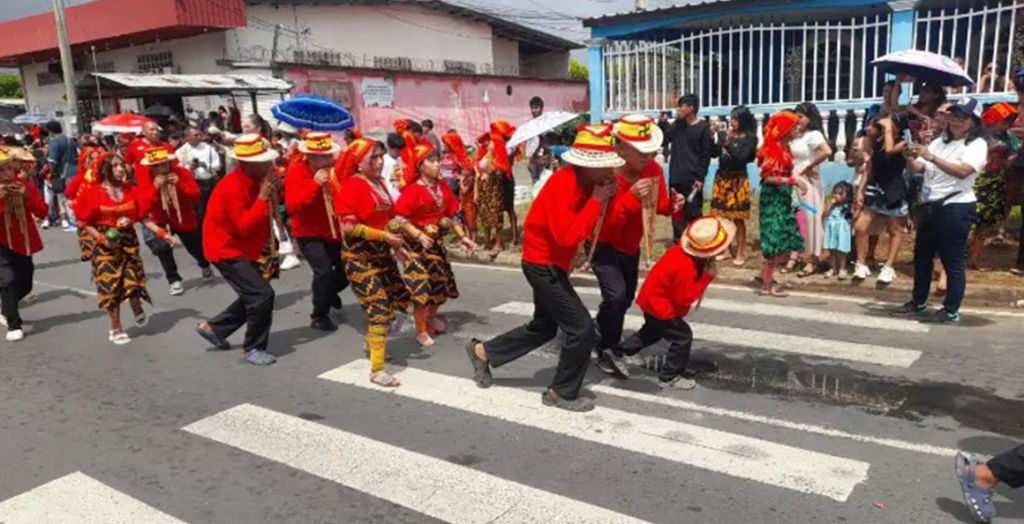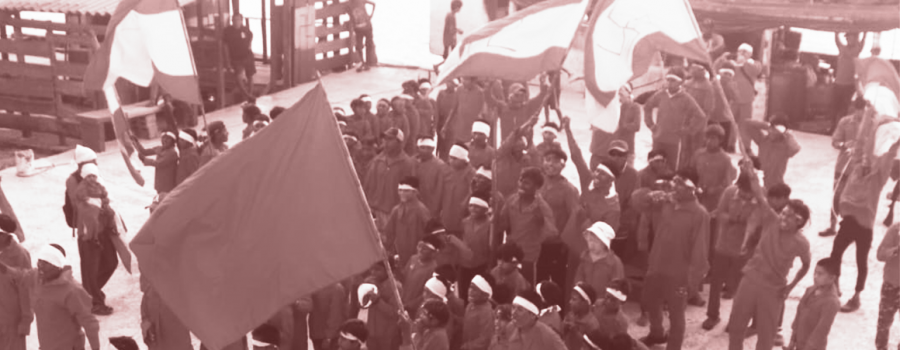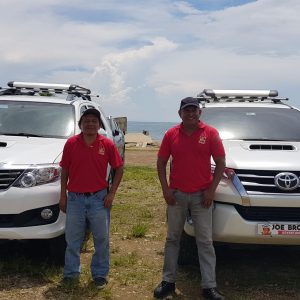100 Years of the Guna Revolution Centennial (1925-2025)
The Guna Revolution Centennial marks 100 years of resistance, autonomy, and cultural survival. On February 25, 1925, the Guna people rose against oppression by the Panamanian government. Their successful uprising led to the establishment of the Guna Yala Comarca, a self-governed indigenous territory that continues to preserve its traditions today.
To commemorate this historic event, the Guna Revolution Centennial will be honored in 2025 with cultural events, educational forums, and parades. These celebrations aim to recognize those who fought for indigenous rights while ensuring that future generations remember their legacy.
Causes of the Guna Revolution Centennial
In the early 20th century, the Panamanian government attempted to forcibly assimilate the Guna people, restricting their traditions and imposing foreign customs. Several key issues contributed to the Revolution:
? Ban on traditional clothing (mola): Women were forced to abandon their ancestral attire and adopt Western-style clothing.
? Violent repression: Guna leaders were arbitrarily arrested and subjected to harsh treatment.
? Land dispossession and grave robberies: Settlers and police violated sacred sites, looting gold and ancestral artifacts.
? Forced labor exploitation: Many Gunas faced unfair working conditions with little or no compensation.
As a result of these injustices, the Guna people organized a resistance, which ultimately led to their historic uprising.
The Uprising of February 25, 1925
The Revolution was led by Nele Kantule and Simral Colman, two influential figures who united the Guna communities in a coordinated effort to reclaim their freedom.
? The Battle Begins
In the early hours of February 25, 1925, Guna warriors launched a surprise attack on police outposts, freeing prisoners and driving out colonial authorities.
? Expansion of the Uprising
As the conflict escalated, resistance quickly spread to key locations such as Niadub, Narganá, and Agligandí, strengthening indigenous control over their lands.
? International Intervention
Meanwhile, the Panamanian government prepared reinforcements. However, U.S. intervention prevented a large-scale massacre, since American officials had strategic interests in the region.
? The Outcome: Guna Autonomy
By March 1925, Panama officially recognized Guna autonomy, paving the way for the creation of the Guna Yala Comarca. Since then, the region has been governed by traditional Guna leadership.
Legacy of the Guna Revolution Centennial
? Key Achievements of the Uprising:
? Territorial autonomy: With the recognition of their rights, the Guna Yala Comarca emerged as one of the most self-governed indigenous regions in Latin America.
? Cultural preservation: Through resilience, the Guna people successfully safeguarded their language, traditional clothing, and indigenous governance system.
? Inspiration for other indigenous movements: Their victory not only symbolized resistance and self-determination but also motivated other indigenous groups to stand up for their rights.
You may also be interested in: BackGround of the Guna Revolution
Guna Revolution Centennial Activities (2025)

In 2025, several events have been organized to honor the legacy of the Guna Revolution Centennial.
1. Suenamolas Flag Ceremony
? February 1
? Mirador de las Américas & El Porvenir, Guna Yala
The ceremony featured the raising of suenamolas, traditional Guna flags that symbolize cultural pride and identity.
2. Educational Forums & Panel Discussions
? February 10-12
? University of Panama & Guna communities
Historians, academics, and indigenous leaders participated in discussions about the Revolution’s historical significance. These panels also examined the Guna Declaration of Independence and the role of women in the uprising.
? February 18
? Institute of National Studies (IDEN) & Indigenous Peoples Office at the University of Panama (OPINUP)
Additionally, another panel explored the Revolution’s lasting impact and the continued fight for indigenous autonomy in Panama.
3. Parade of a Thousand Molas
? February 16
? Arraiján, Panama
A grand cultural parade paid tribute to the Guna struggle. The route started at MiniSuper Sofía and ended at the park in Altos de El Tecal in Vacamonte.
4. Cultural Exhibitions & Festivals
? February 2025
? Guna Yala Comarca
During these events, local artists and performers showcased Guna culture through traditional artwork, dance performances, and storytelling sessions. Moreover, the event included tributes to the fallen heroes of the Revolution, highlighting their courage and legacy.
Final Reflection: 100 Years of Pride and Resistance
The Guna Revolution Centennial represents more than a historical event. Indeed, it stands as a message of resilience and strength for future generations.
Even today, the Guna people continue defending their identity, language, and territory. Their unwavering dedication proves that the fight for indigenous autonomy remains ongoing.
? May the memory of the Guna warriors continue to inspire the path to justice and freedom.






